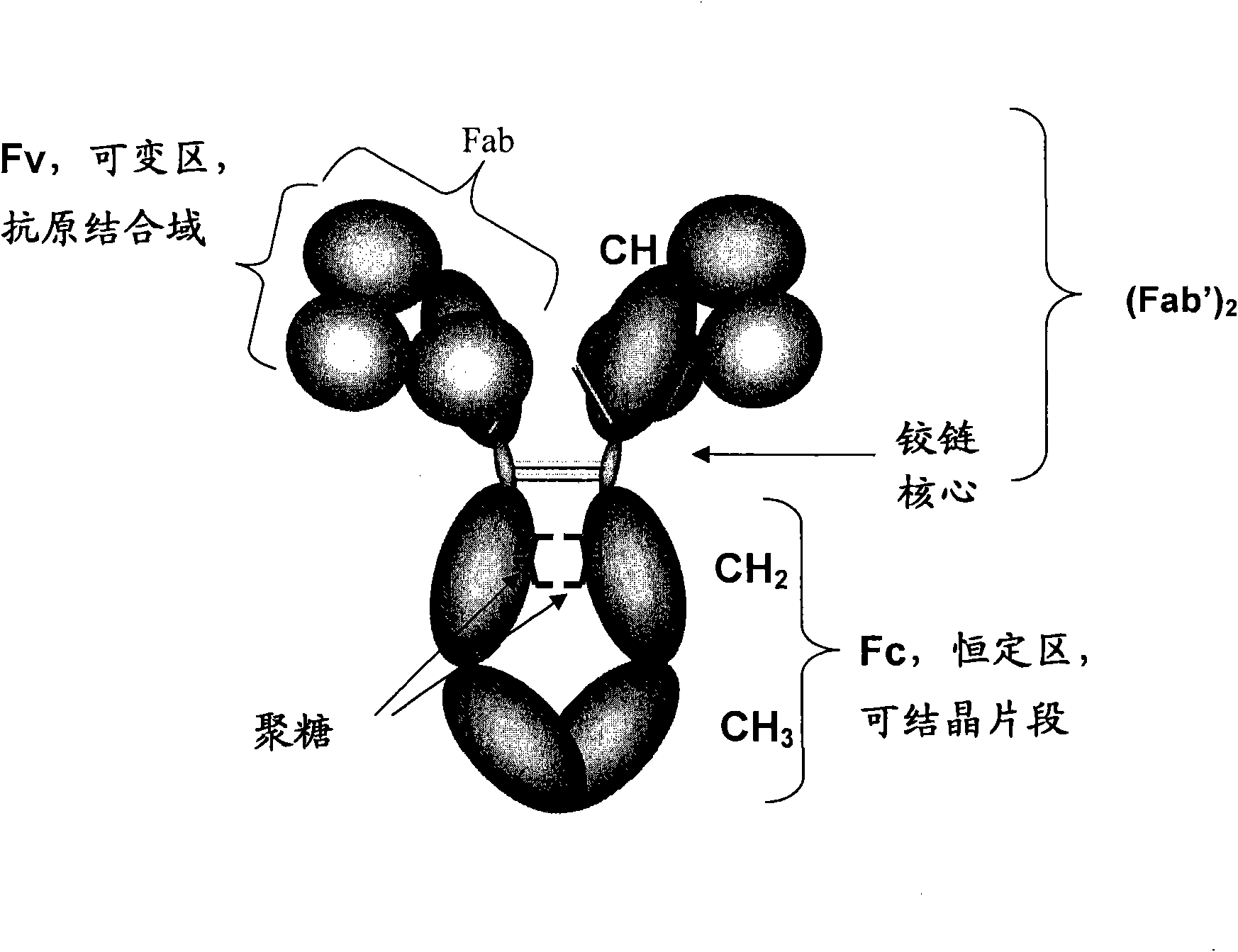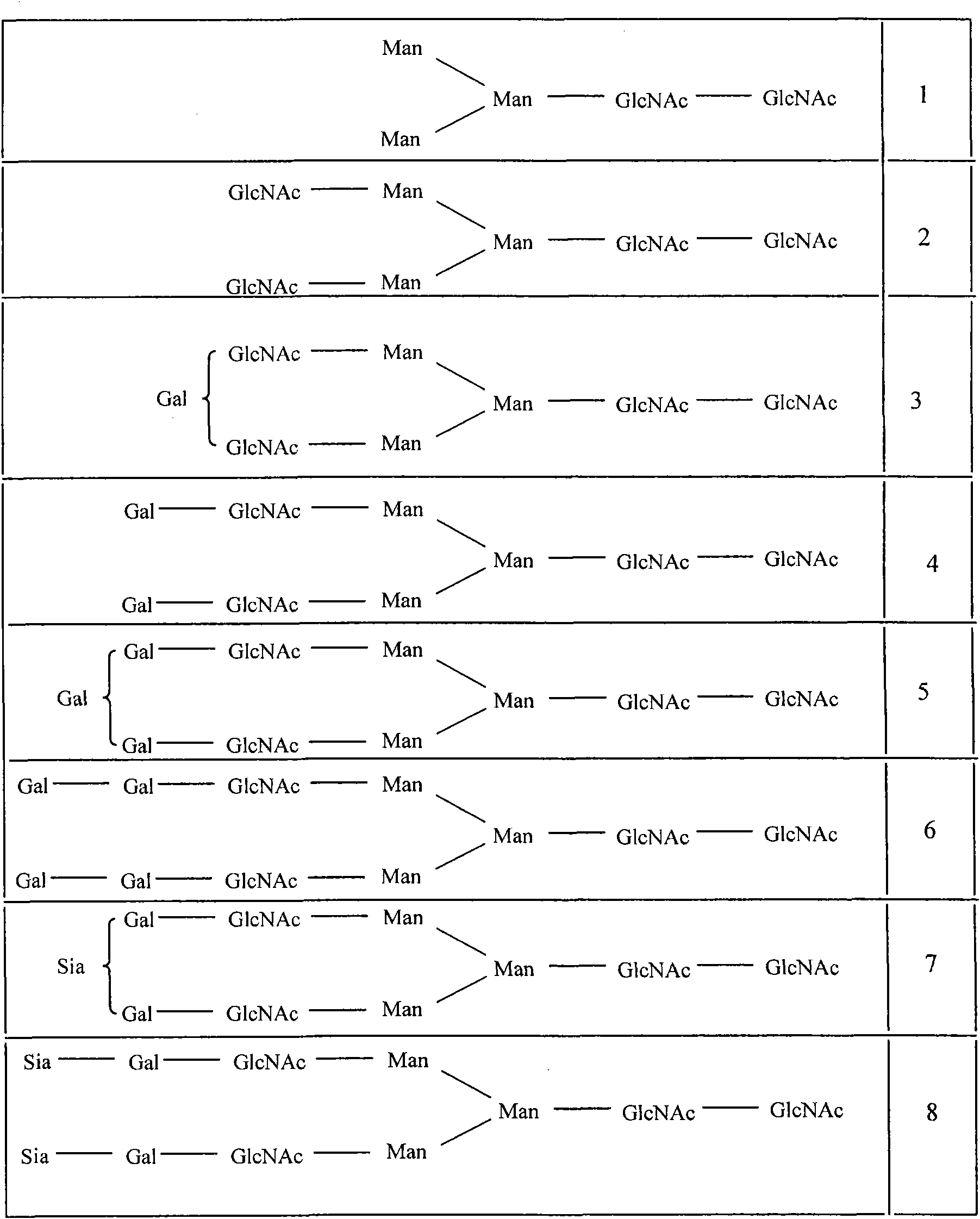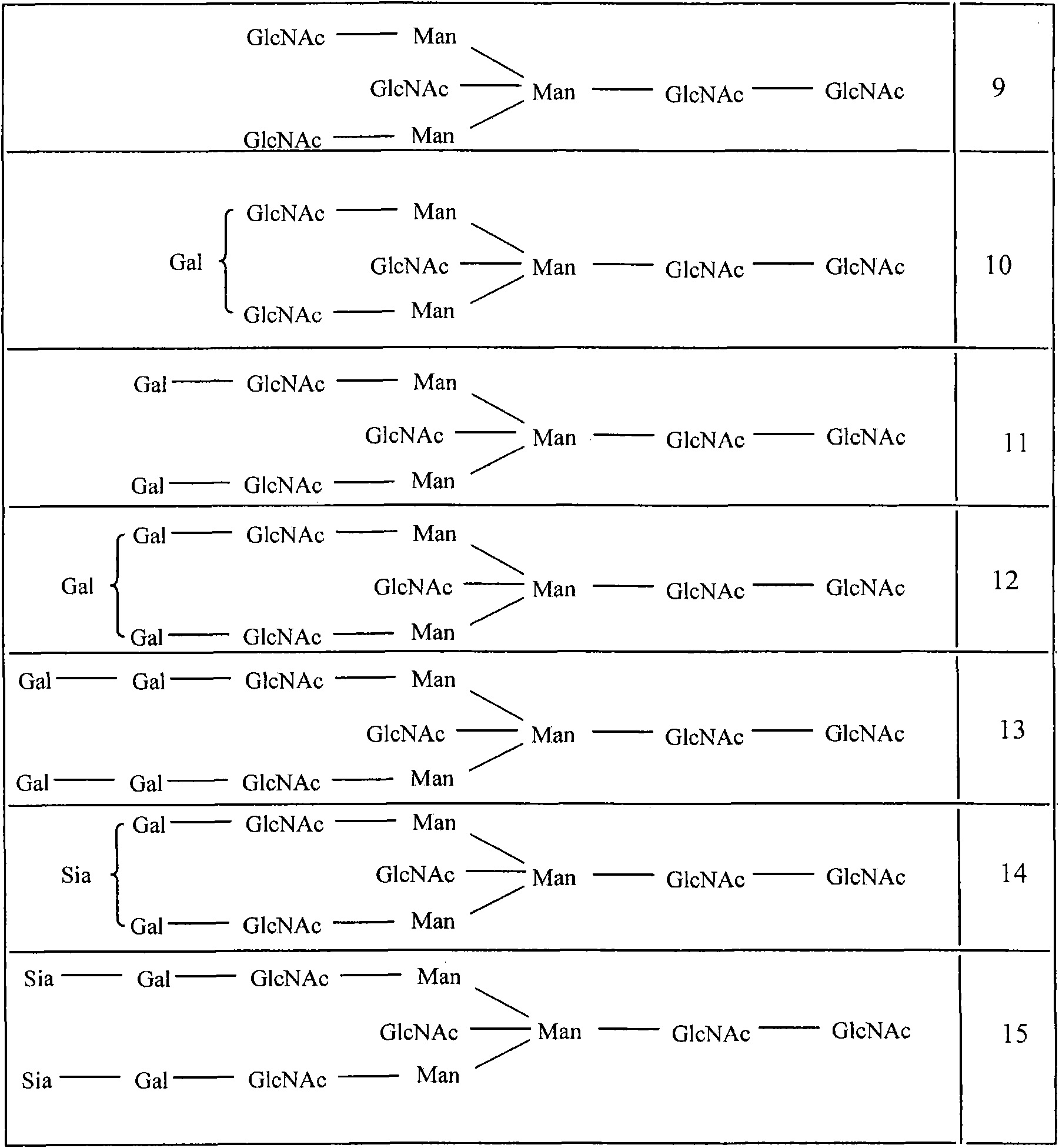Host cell lines for production of antibody constant region with enhanced effector function
A technology of cell lines, hybridoma cell lines, applied in the field of host cell lines for the production of antibody constant regions with enhanced effector functions, capable of solving problems such as slow growth, unadapted growth, poor production, etc.
- Summary
- Abstract
- Description
- Claims
- Application Information
AI Technical Summary
Problems solved by technology
Method used
Image
Examples
Embodiment 1
[0096] Example 1: Adaptation and cloning of the APF-YB2 / 0 cell line
[0097] The rat hybridoma cell line YB2 / 0 (C1083A) cultured in DMEM supplemented with 5% FBS (DMEM+5% FBS) was cultured in APF medium CD-Hyb, CD-Hybridoma (Gibco) by two different methods Adapt to growth:
[0098] method 1 The cells were slowly weaned from the FBS-containing medium by repeated passaging 1:1 in CD-Hyb medium supplemented with 6 mM glutamine. After 6 passages, cells were able to grow in APF medium. This cell line is called C1083B (Table I). The growth characteristics of C1083B in CD-Hyb and DMEM+5%FBS were comparable ( image 3 ). Single clones were isolated from C1083B by limiting dilution using DMEM+5% FBS. 24 clones were transferred for scale-up and 8 clones from this experiment were selected for further study. Selection criteria for these 8 clones included mean doubling time (MDT), ability to achieve high cell densities in shake flask cultures, and stability over multiple passages. ...
Embodiment 2
[0103] Example 2: Isolation of YB2 / 0 clones resistant to fucose-specific lectins
[0104] Lectins can be used to select cell lines expressing specific types of oligosaccharides (Ripka and Stanley, 1986. Somatic Cell Mol Gen 12:51-62). Of the two fucose-specific lectins available, lentil agglutinin (LCA) was chosen using C1083B to generate a killing curve (in the form of a strip graph) ( Figure 5 ). C1083B cells (cultured in DMEM+5% FBS) were plated in 96-well plates at 5000 cells / well in the presence of various concentrations of LCA lectin. After 5 days, variability was determined by the Alamar Blue assay (Vybrant Cell Metabolism Assay Kit, Molecular Probes, Inc.).
[0105] Rare natural variants of C1083B expressing reduced levels of fut8 mRNA (SEQ ID NO: 1 ) were selected for by plating 5 cells / well in 96-well plates in the presence of 50 μg / ml LCA. After 3 weeks, (2×10 4 cells) and 17 resistant clones were identified. These clones were expanded and passaged several tim...
Embodiment 3
[0107] Example 3: Transfection of C1083B cells with anti-tissue factor antibody DNA
[0108] The anti-human tissue factor antibody CNTO 860 was chosen because its efficacy in reducing or preventing tumor growth tested in a human xenograft cancer model in mice was dependent on ADCC activity. Further described in WO / 04110363, expression vectors p2401 and p2402 encoding CNTO 860 heavy and light chains (as described in Figure 8 shown in ) and US Patent Application Serial No. 11 / 010,797) were co-transfected with pSV2DHFR (Promega), and clones against the selection marker MHX (mycophenolic acid, hypoxanthine, and xanthine) were analyzed for antibody expression by ELISA. A high expression cell line C1261A was selected for further research. It produced 45-50 mg / L in CD-Hyb medium in shake flask cultures, indicating stability of expression over multiple passages ( Figure 9 ). Growth and antibody titers were monitored without and with 1x Lipid (Gibco).
PUM
 Login to View More
Login to View More Abstract
Description
Claims
Application Information
 Login to View More
Login to View More - R&D
- Intellectual Property
- Life Sciences
- Materials
- Tech Scout
- Unparalleled Data Quality
- Higher Quality Content
- 60% Fewer Hallucinations
Browse by: Latest US Patents, China's latest patents, Technical Efficacy Thesaurus, Application Domain, Technology Topic, Popular Technical Reports.
© 2025 PatSnap. All rights reserved.Legal|Privacy policy|Modern Slavery Act Transparency Statement|Sitemap|About US| Contact US: help@patsnap.com



